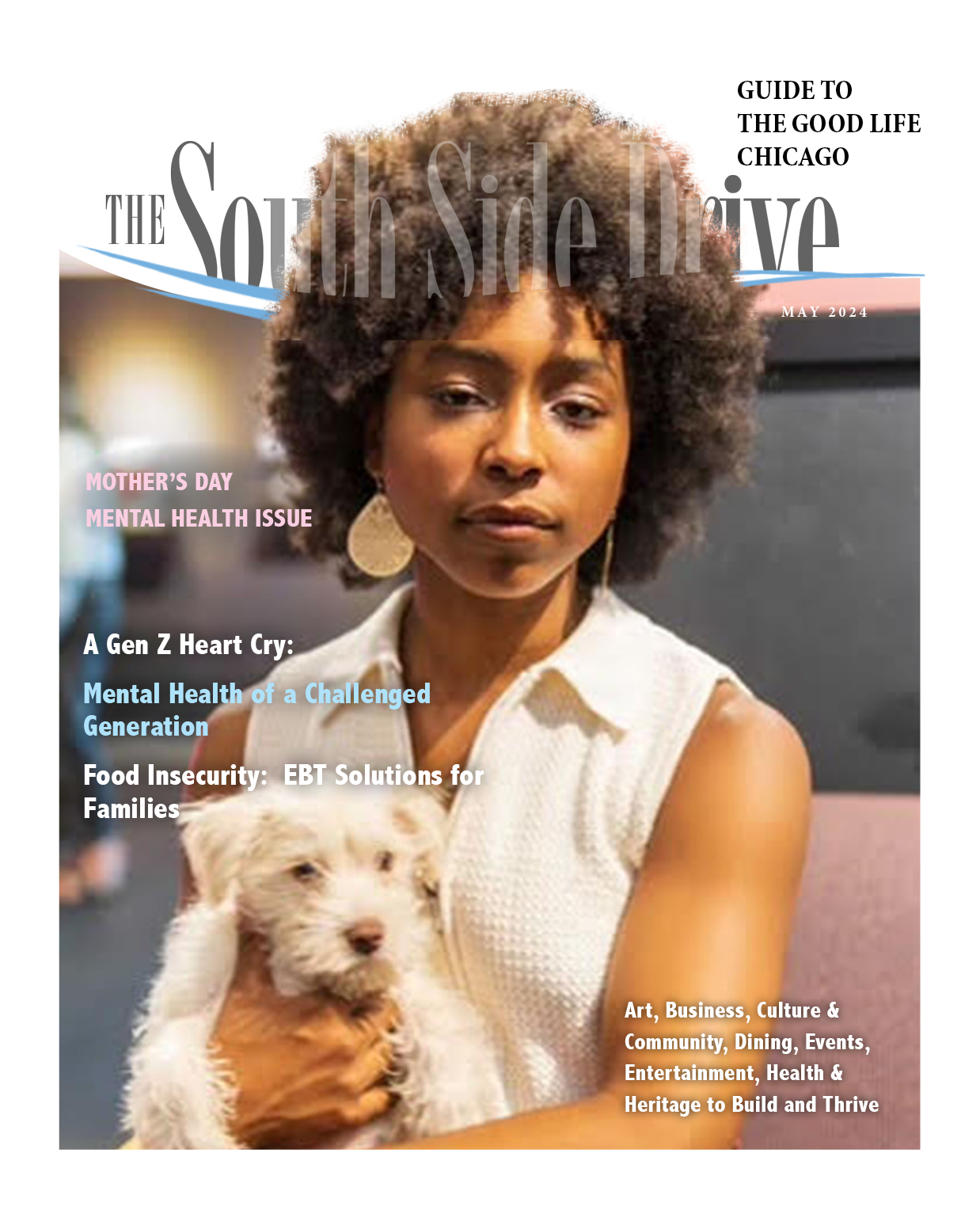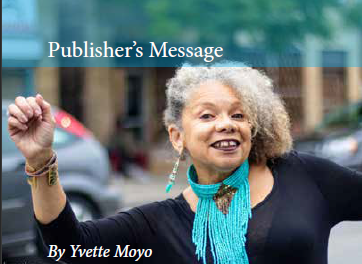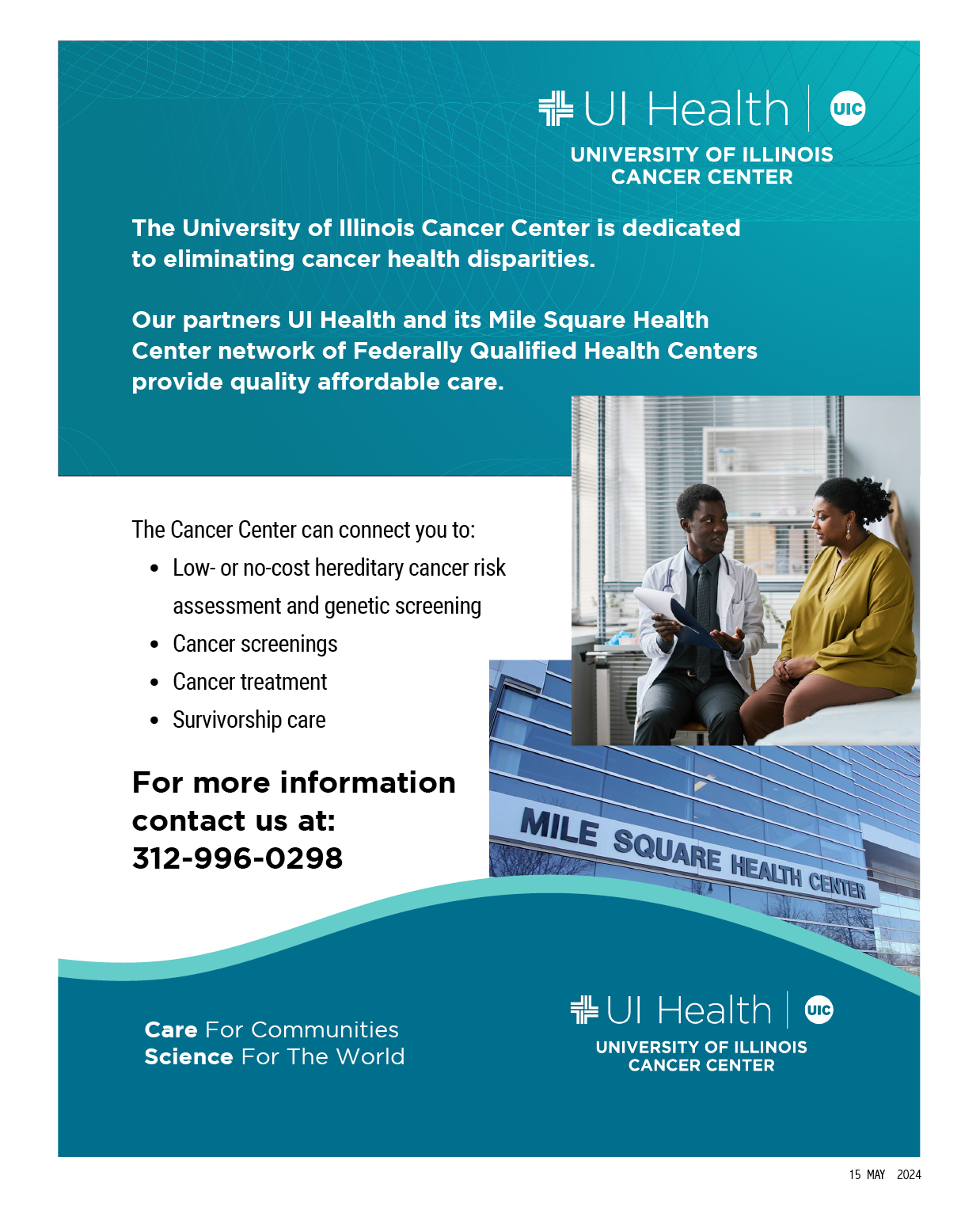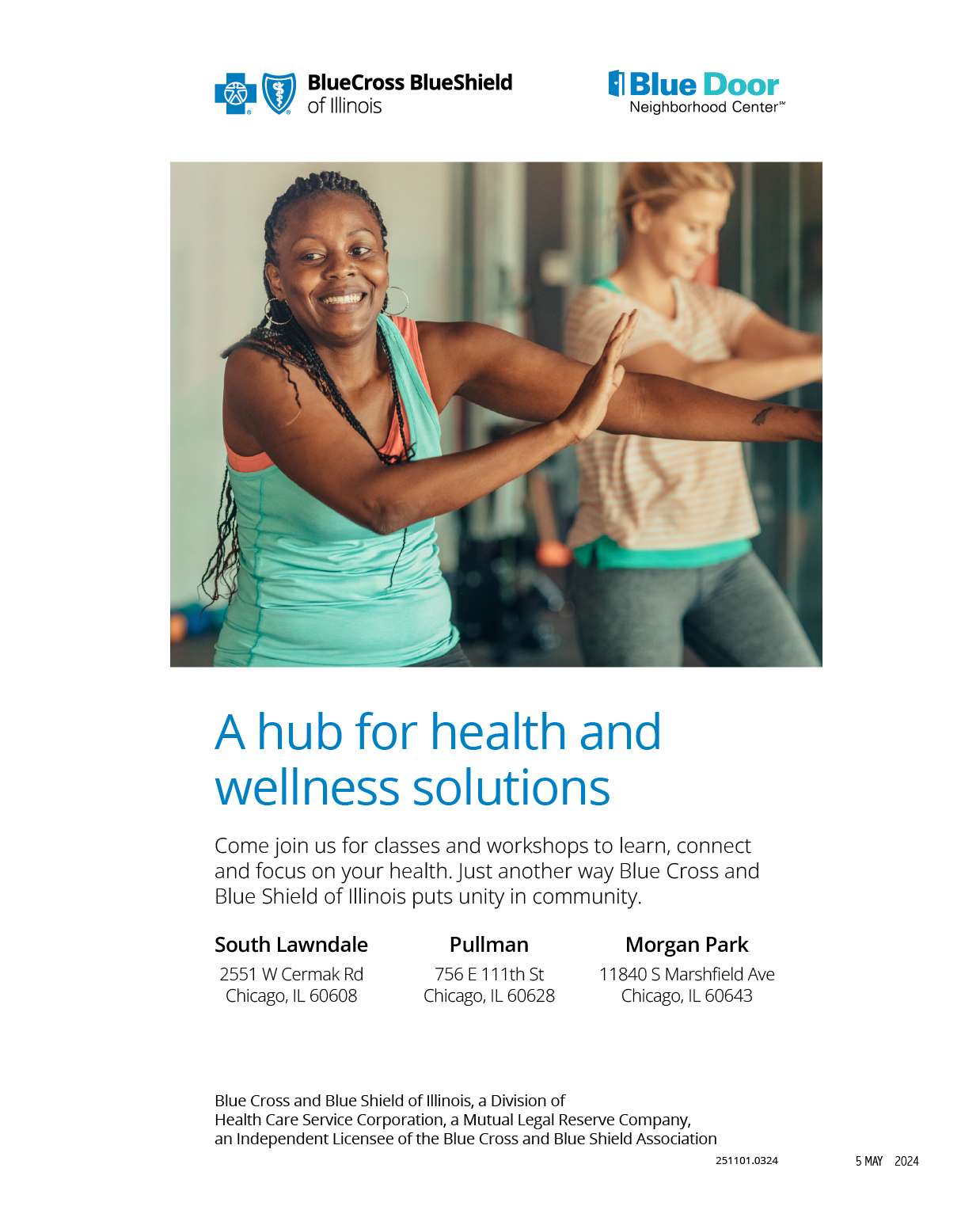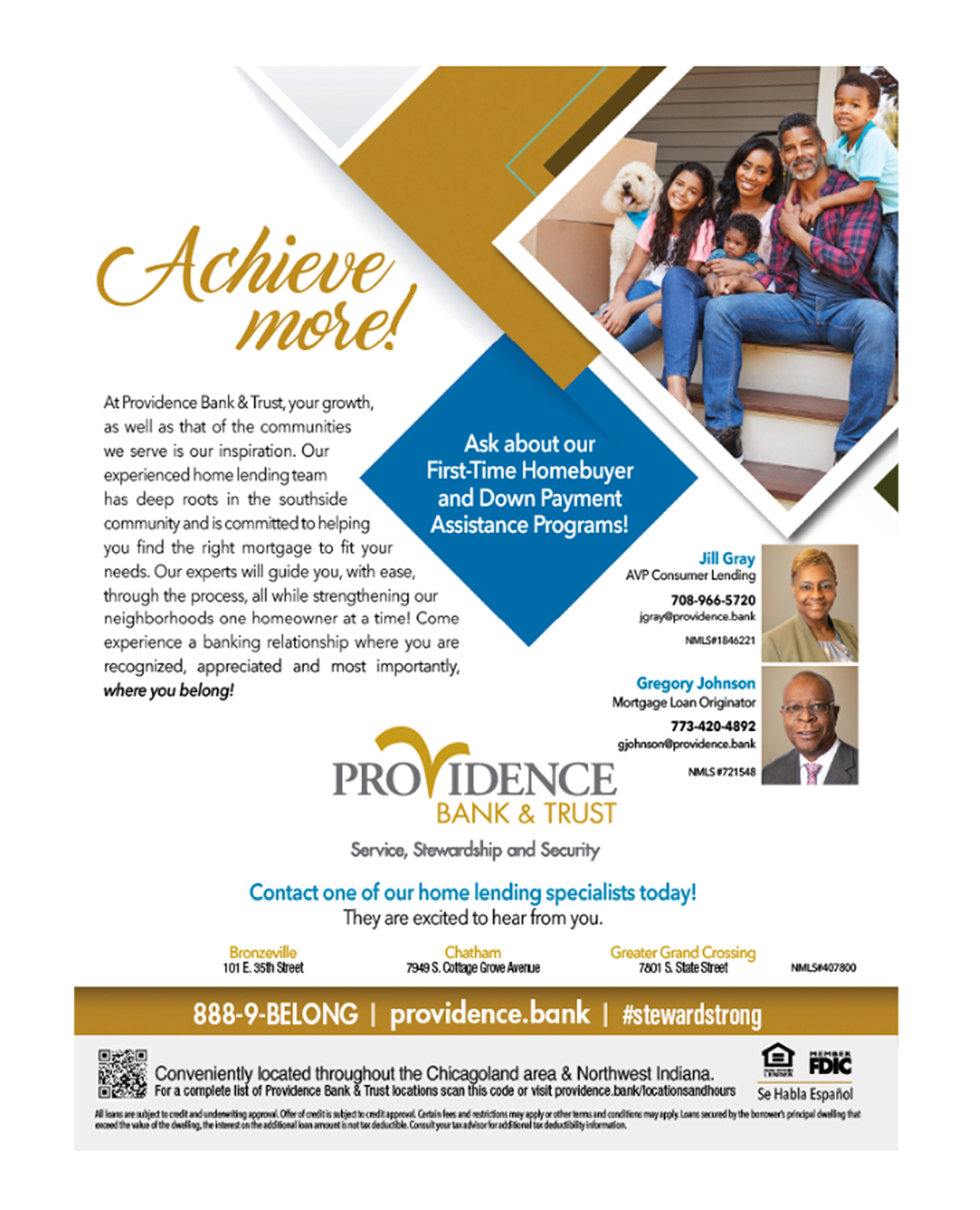As residents of South Shore we’re proud to dedicate this issue to the story of a vision of a new and revitalized South Shore. Through the following pages, we will attempt to help our community understand what it would mean for Thrive Exchange, the DL3 Realty development plan led by Leon Walker, to create life, opportunities and community hope in a place where, over 50 years ago we once celebrated family, listened to music, ate on special occasions at the neighborhood steak house, even went to the movies, and everyone worked.
The area has been desolate for as long as most residents have lived, and the desolation was cause by disinvestment and the loss of steel and auto jobs followed by the abandonment of corporate entities and light industries that once dominated both 75th & 79th Street. These policies and municipal actions caused blight. Thus, family instability, and poverty caused crime, unemployment, high dropout rates. According to a University of Illinois 2021 study on Chicago’s south side population loss and growth, in 2010 South Shore’s population was down from 80,527 in 1970 and as of 2021 had 53,971 residents. That’s 30,000 population decline. Consider that in the mid 70s US Steel still employed 40,000 people, before it closed in 1993, according to the Electronic Encyclopedia of Chicago.
Residents already traumatized from the close of the steel industry had neighbors move in from the early 90s and 2000s who were traumatized by the leveling of projects, otherwise known their homes. Those homes were leveled to the ground and residents new to South Shore found little to work with, and less in terms of orientation to how to survive or thrive in this strange place called South Shore. No one sent a memo but Chicago was becoming white collar when all many residents had was a t-shirt.
Residents who stayed offered less than friendly welcomes, as blocks turned from working class to a place where children saw little other than a survival society.
Many moved out having lost valuable property and the hope of generational wealth. The steel mills and factories closed and where once every man worked, some like my father (a steelworker) worked two and three jobs, proudly sending their children to South Shore High, which was once one of the highest ranking schools in the city. Countless first generation college students received no hope and lots of inequality.
What DL3 calls Thrive Exchange is a ray of sunshine and a project to be celebrated. Their first victory is being award the Invest Southwest award project. It made us proud and hopeful that it was the only southside development proposal approved to move forward.
In addition, today the possibility of accelerating the development with the $10 Million Pritzker Prize is upon us. This issue is to help you, the residents, (and the Pritzker decision makers) understand what it means for current residents of South Shore and the adjoining neighborhood, South Chicago. Not only will there be employment but revitalization and innovation in housing, education, and health care, to name a few.
As a small fish who focused on one spot, the Quarry, where our magazine is headquartered and Real Men Charities programming takes place on far east 75th Street I’m thrilled about the tremendous plans, savvy proposals, architectural renderings, partnerships, and experience DL3 brings to this area, where we once wrote about his father’s tremendous contribution to South Shore. I could be the oldest student in his class of how to create brick and mortar and actualize what others dream for our community.
We trust you’ll not only become enlightened but that you’ll champion this project at every opportunity.
For more information on the South Shore Pritzker Prize, including the Good Neighbor Development possibilities shared by the Alliance of The Southeast (ASE), and the terms for affordable housing, please visit our website at www.SouthSideDriveMag.com
